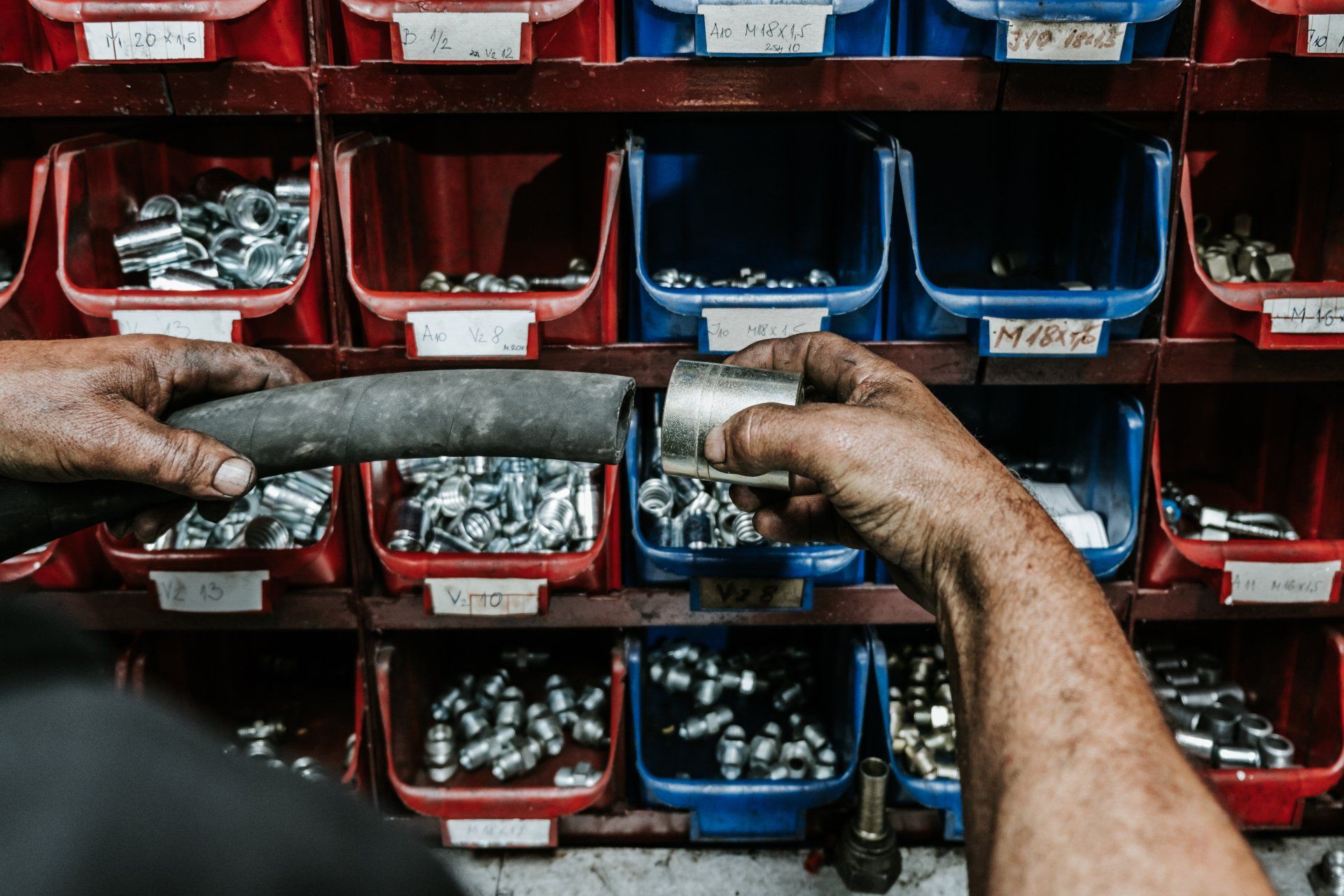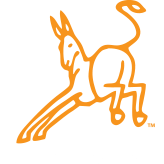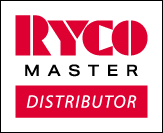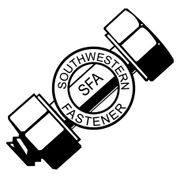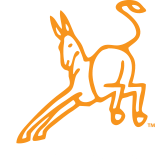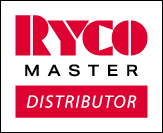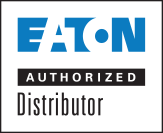October 22, 2025
In the world of industrial supply, especially when it comes to hydraulic hoses and fittings, what truly sets a provider apart isn’t just product stock. It’s relationships . At Action Supply, we’ve built our business over four decades on more than inventory: we’ve built it on reliability, responsiveness, and customers trusting us as their go-to partner. The Local Partner Advantage Faster turnaround : Local on-site hose assemblies, quick access to inventory, and the ability to respond when downtime is unacceptable. We work hard to complete your projects with higher quality and fast turn around times. Better communication : You’re dealing with a team that knows your region, your industry, and your challenges—not a generic call center. Inventory you can count on : When your partner manages stock on-site or nearby, you’re less likely to face costly delays. Action Supply offers inventory management services to keep critical parts ready when you need them. Service & Support That Make the Difference Here’s how we add value for our customers year-round: Custom Hose Assemblies On-Site : We don’t just stock hoses; we build them to spec, on-site, matching exact lengths, fittings, and ratings so there’s no guess-work or field fabrication headaches. Consultation & Technical Guidance : Hydraulic systems are complex. We help customers select the right hose, fitting, and coupling for factors like pressure, fluid compatibility, abrasion, and environment. Speed When It Counts : Downtime kills productivity. Having a local partner means faster pick-up, faster delivery, and in many cases, faster problem resolution because we’re already on-site or nearby. Proactive Inventory Planning : From planned maintenance to emergency response, we partner with customers to anticipate needs rather than just react. A true partnership means fewer surprises. A Long-Term View: Why Trust Matters Relationships are built on consistency over time. At Action Supply, our “we’ve worked hard for over 40 years” mindset means we place value on being there for our customers today…and five, ten, twenty years down the road. That long-term presence gives customers the confidence to count on us for standard supply, for emergency replacement, and for growth scale-up. When you know your supply partner will show up, send the right part, understand your system, and back it with service, you’re not just buying hoses or fittings. You’re buying peace of mind. How to Make the Most of Your Supply Partner Here are a few actions to ensure your local supply relationship delivers maximum value: Treat them as part of your team : Share your upcoming projects, shutdown schedules, and maintenance plans with your supply partner. Engage early : Instead of reaching out only when a hose fails, loop in your supply partner during planning or design phases. Keep open communication : Share what matters to you (lead time, budget constraints, delivery windows) and let them tailor service accordingly. Leverage their expertise : Ask questions about alternatives, better materials, and long-term cost savings. In industrial operations, margins are tight, downtime is costly, and every component matters. At Action Supply, we believe relationships matter because when you win, we win. And when you’re up against the clock, facing tough specs, or dealing with complex hydraulic systems, you’ll appreciate having a partner who’s local, dedicated, and backed by decades of experience.
